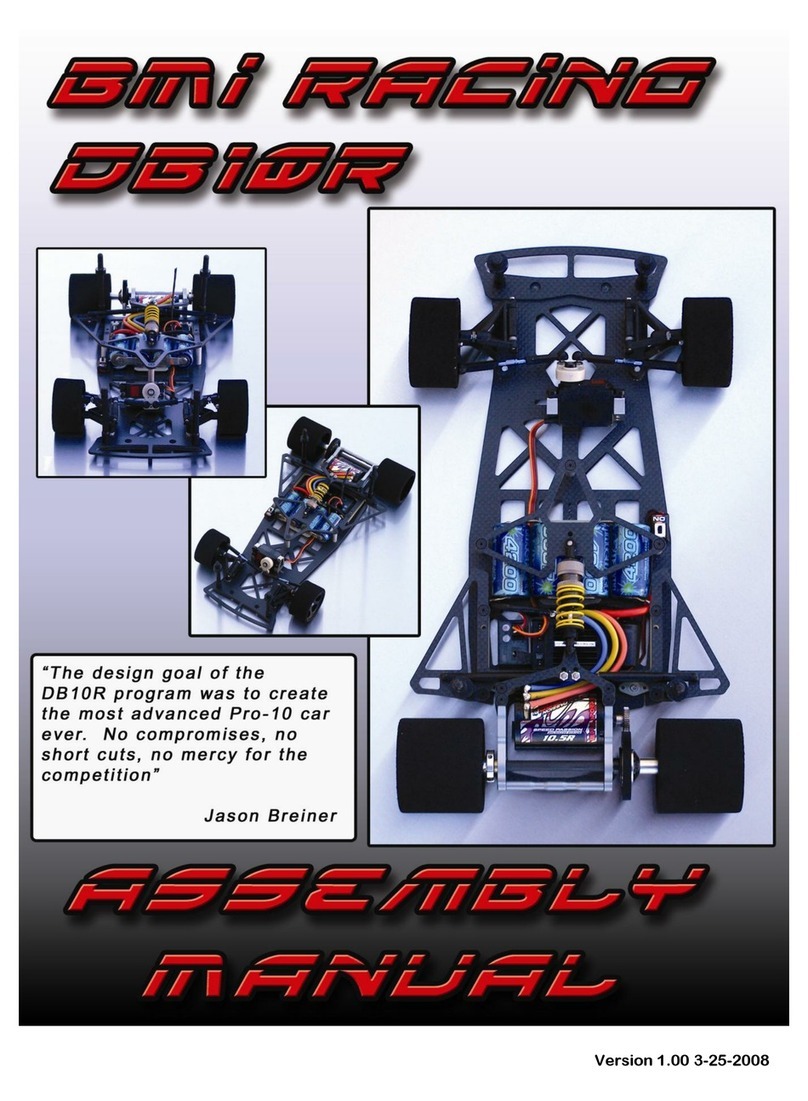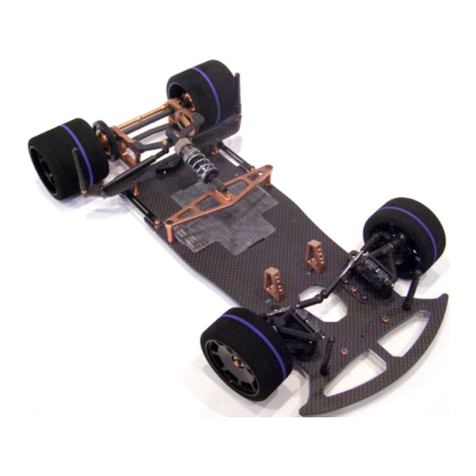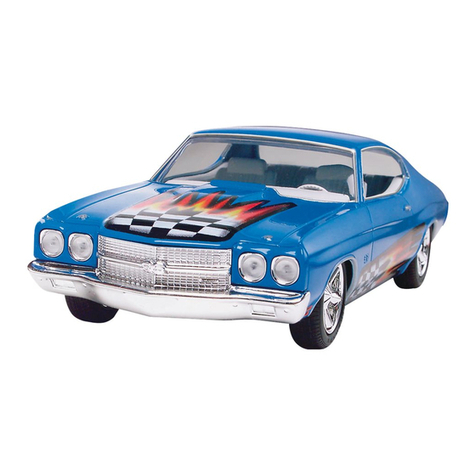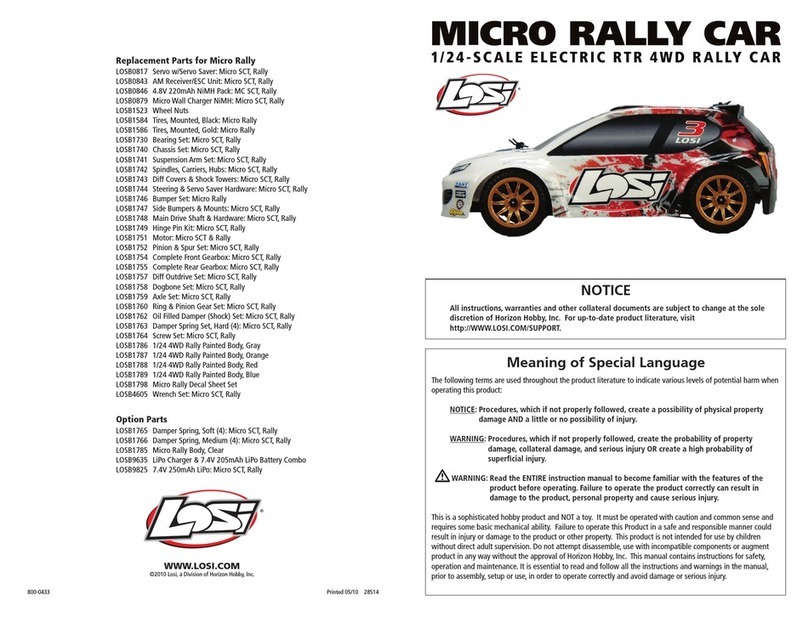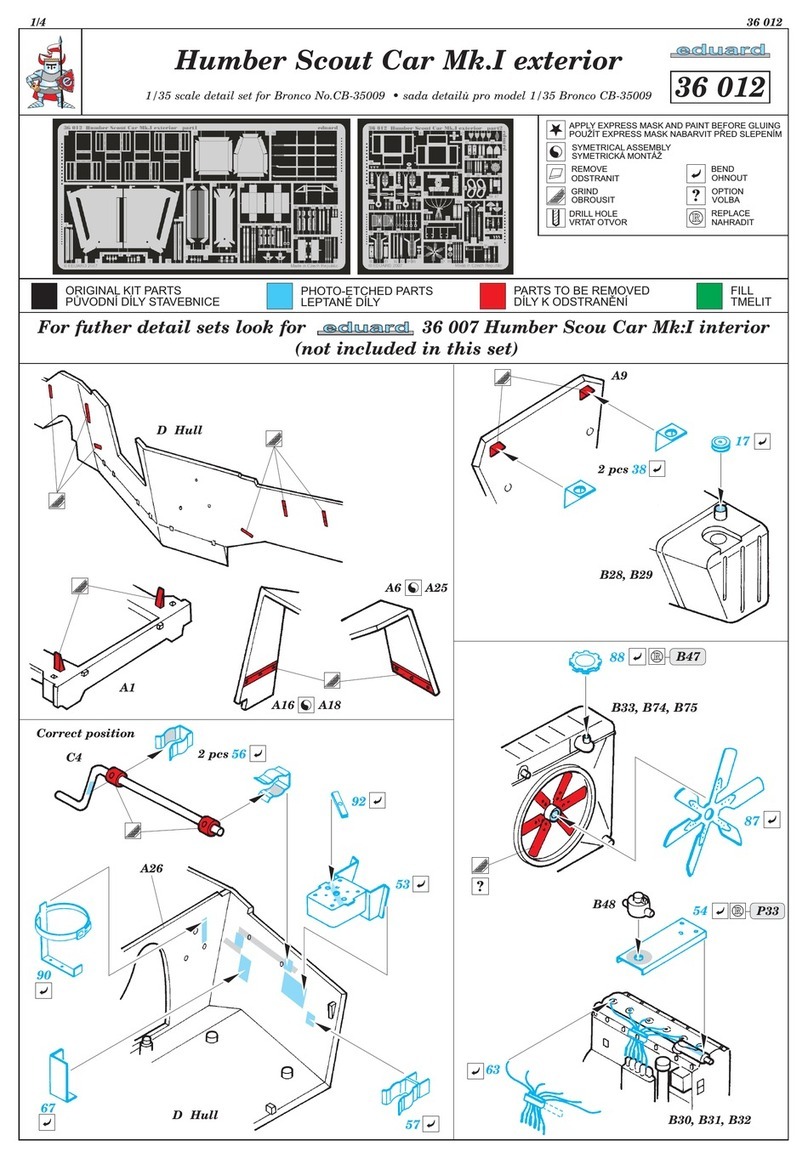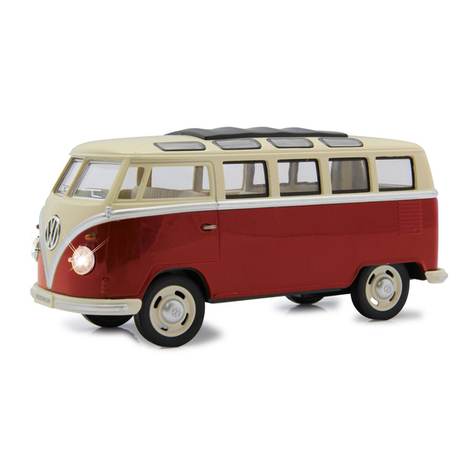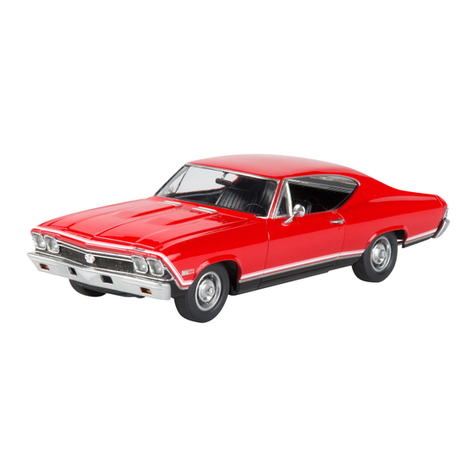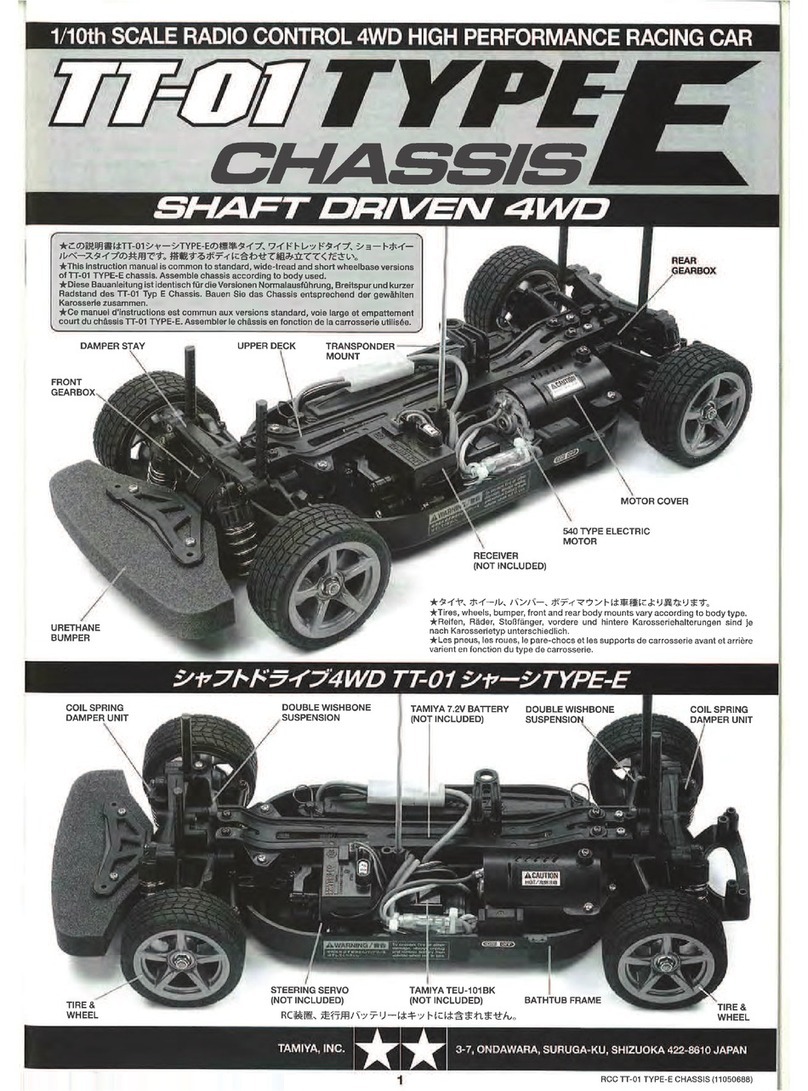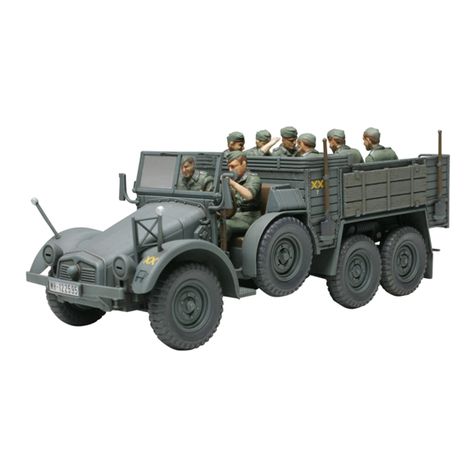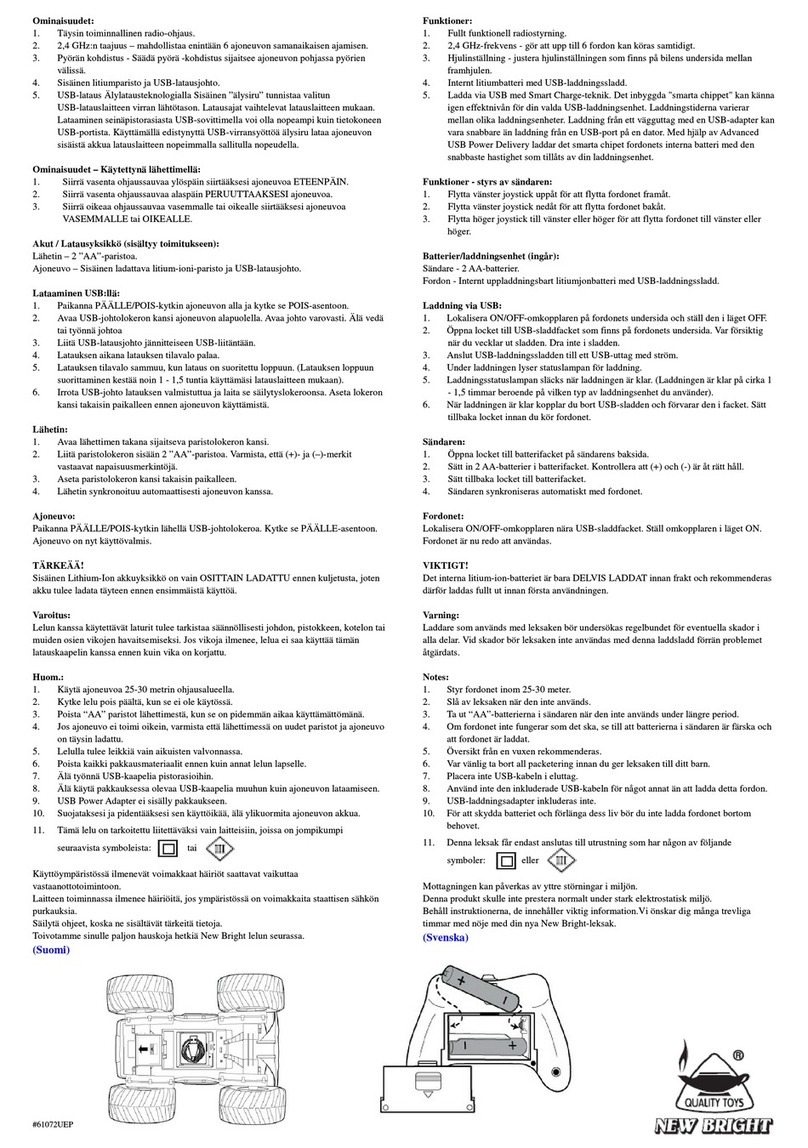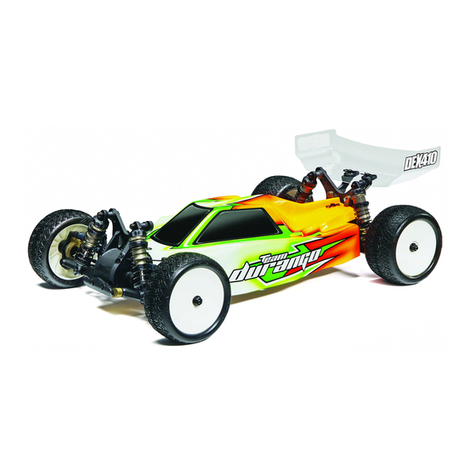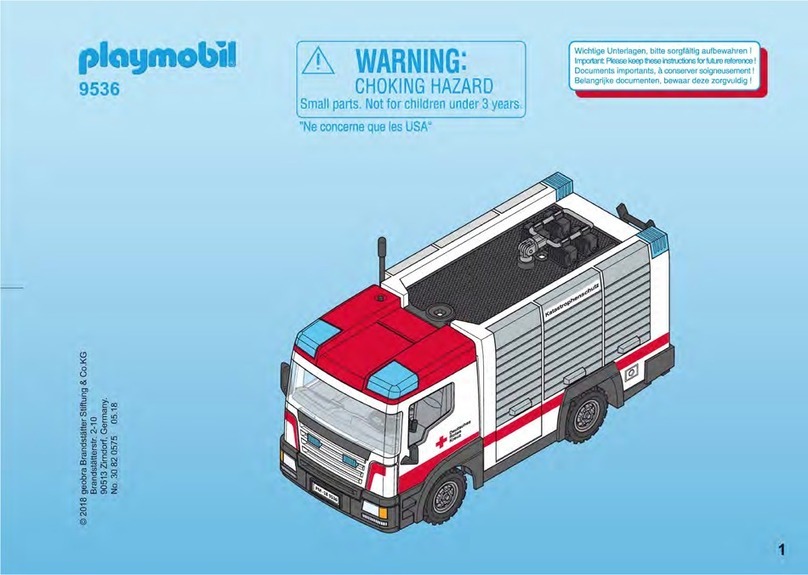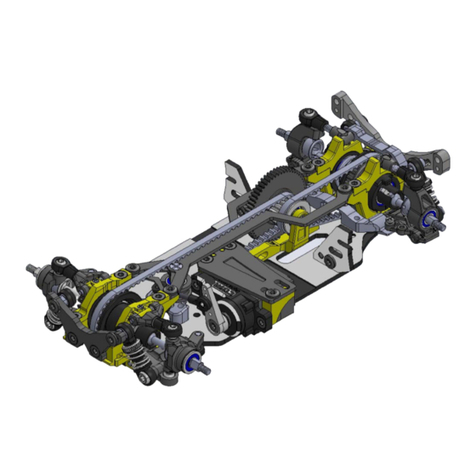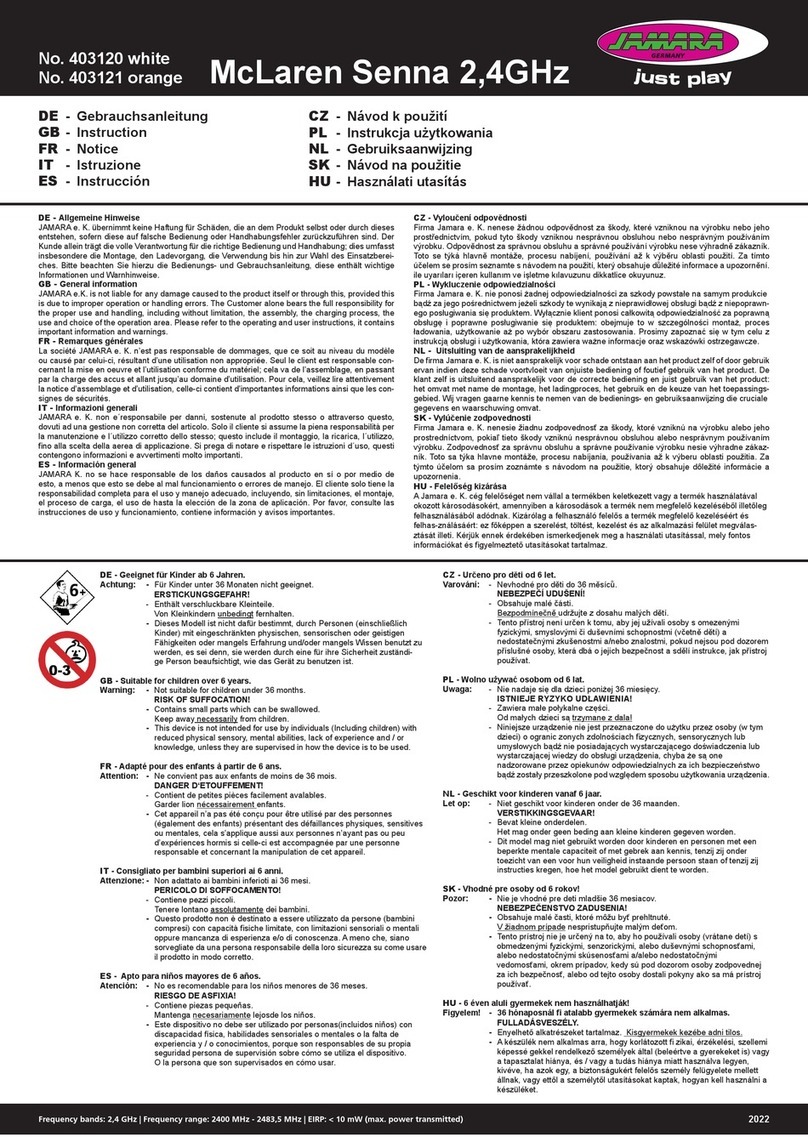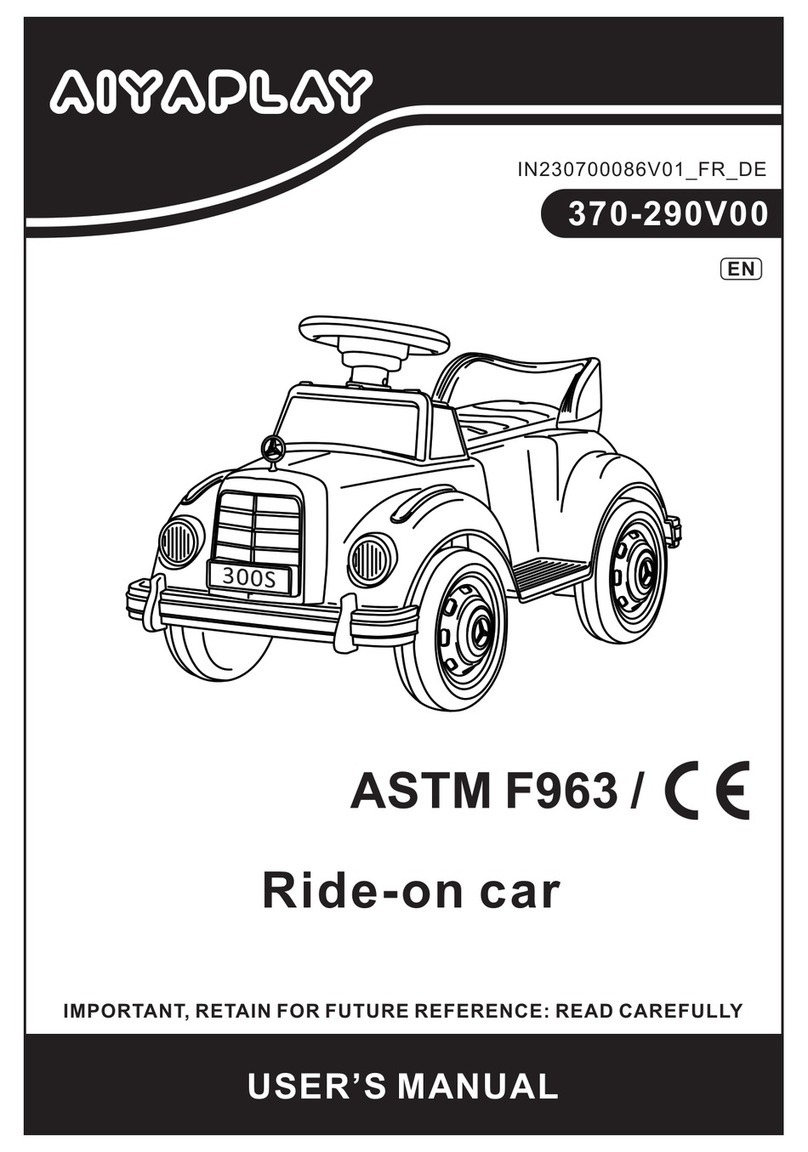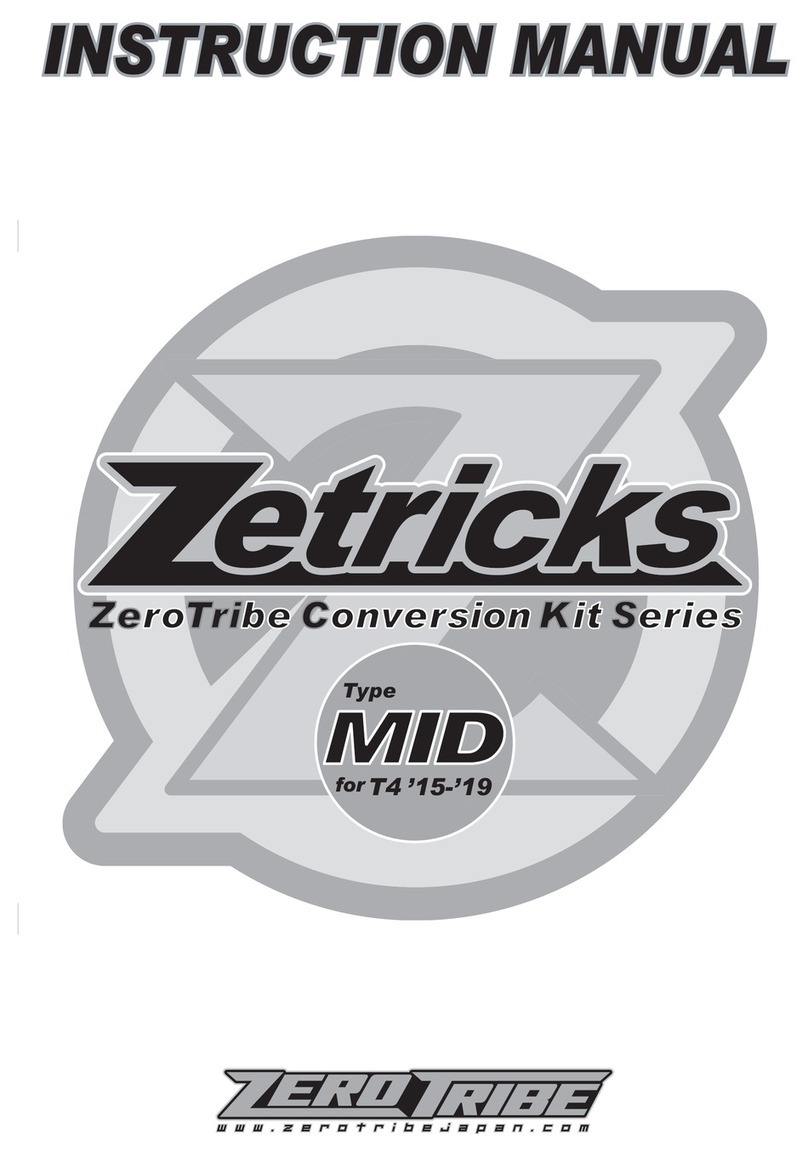BMI Racing Copperhead 12 User manual


1. .050”, 1/16” and 3/32” Allen wrenches
2. A #2 Phillips Screwdriver
3. 3/16” and 11/32” nut drivers
4. A pair of needle nose pliers
5. A pair of slip join pliers
6. A hobby knife
7. A ruler or calipers
8. A file
9. A soldering iron
10. Diff Grease
11. Electric Motor Cleaner Spray
12. 50wt silicon shock oil (for center shock)
13. 10,000wt silicon diff oil (for damper tubes)
Items needed to assemble your
Copperhead 12
1. Two channel surface Radio system
2. A mini servo*
3. 3.7 volt LiPo battery packs
4. A battery charger
5. A Brushless electronic speed control
6. Brushless electric motor
7. A 64 pitch pinion gear
8. A small servo saver.
9. 1/12
th
scale body
10. 1/12
th
scale tires
Items needed to operate your Copperhead 12
Message from BMI Racing
The Copperhead 12 is a revolutionary step forward in 1/12th scale car design. We spent the last year
refining the proven DB12RR LiPo edition racing machine. The goal of the Copperhead 12 project was to take
the best features of the DB12RR and make a new type of rear suspension that will set new standards for
speed, versatility and ease of use. The Copperhead 12 was designed to be race tuned for any traction level. It
has been proven on lower traction asphalt tracks all the way to the highest traction carpet tracks.
Here at BMI Racing, we put quality before quantity. Unlike a lot of cars available, we make all of our parts in
house. From pivot balls to carbon fiber components, every part is guaranteed to be the highest quality. We do
not sacrifice anywhere on our products. Every part is inspected for quality.
Please read through the instruction manual carefully. Even if you are an experienced R/C racer, there are
some details about the Copperhead 12 that are different than other cars. To get the most out of your kit you
must have it assembled correctly. Have fun building and racing your new race car. As always, we here at BMI
Racing appreciate your support
With Regards,
Jason Breiner
BMI Racing

Front suspension assembly
Locate your lower front suspension arms and
the hard anodized alloy pivot balls. Note that the
arms are symmetrical. At this time you must pick
which one will become the left and right arms as this
will determine how you pop the pivot ball into the
arms.
Pop the pivot balls into the arms with the
shoulder on the ball facing up. Do this by placing the
ball on a hard flat surface and placing the arm over
the ball. Carefully push the arm down over the pivot
ball. Be careful. It will take a lot of force.
Special Note:
The Copperhead 12 uses IRS hard anodized alloy
pivot balls and the new IRS lower suspension arms.
If the balls are tight in the lower arms carefully
squeeze them with pliers until the ball just begins to
move freely
Locate your upper suspension arm rod ends.
Note that the top side of the rod end opening is
smaller than the bottom
With a hobby knife, carefully chamfer the top
of the rod ends opening. This creates clearance for
the king pin shims that will go here later. This will
ensure there is no binding in the suspension.
The inset picture shows a finished rod end.
Step 1
Step 2
Locate the two remaining hard anodized alloy pivot
balls and snap them into the upper arm rod ends with
the shoulder on the ball facing down. As with the lower
arms, squeeze the rod ends if the balls do not move
freely.
Locate the upper suspension arms, the upper arm
turnbuckles and assemble as shown above.
We prefer to thread the right hand thread portions
of the turnbuckles into the rod ends and the left
hand thread into the upper arms.
Note:
The arms have a bottom and a top. They have
small circular impressions on the bottoms.
Step 3
Step 4
Step 5
Locate the 5 degree reactive caster upper
suspension mounts, upper suspension hinge pin,
e-clip and nylon caster spacers.
Assemble as shown.
Make sure the upper suspension arms pivots
freely. If there is any binding at all, the car may
handle poorly. If the upper arms are tight, use the
back of a hobby knife to scrape the front and back
of the reactive caster blocks and the inside of the
upper suspension arms to make more clearance
for the caster spacers. Take your time here and
get it right!
Special Note:
The Copperhead 12 uses IRS upper hinge pins
and does not require setscrews in the upper
suspension arm mounts.

Step 6
Attach the upper
suspension arm assembly
to the lower suspension
arms as shown with 4-40 x
½” screws.
Locate the left and right steering spindles. Trim the
steering arms length to the line molded on the part as
shown.
Step 7
Step 8
Locate the titanium front axles, four 4-40 alloy lock
nuts, and two alloy pivot balls.
Thread the titanium axles into the steering
spindles. Note that the threads on the axles that
go into the spindles are left hand. After the axles
are fully seated tighten an alloy 4-40 lock nut onto
the threaded stub coming out the back of the
spindle.
Thread the alloy pivot balls into the holes on the
steering arms and secure them with alloy 4-40 lock
nuts. Remember these are alloy pivot balls so
make the nuts snug. They are strong enough to
last a few racing seasons; but if you crank them
down, you can snap them.
Step 9
1. Snap an e-clip on to one end of the king pin.
2. Slide 3 shims onto the king pins against the
e-clip.
3. Pass this through the pivot ball in the upper
suspension arms rod end.
4. Place one more shim on the king pin.
5. Slide the steering spindle onto the king pin.
6. Slide the king pin through the pivot ball in the
lower suspension arm.
1. Slide the .020” spring and nylon retainer
onto the king pin and snap an e-clip on the
bottom of the king pin.
2. Repeat for the other side of the front
suspension.
Locate 2 steel 1/8” king pins,10 1/8” shims, 4 e-
clips and 2 .020” springs.
Special notes:
Make sure the steering arms on the spindle
are pointing towards the rear of the car as
shown in the picture.
The axle is offset in the spindle.
Make sure the axle is closest to the lower
suspension arm. As shown in the picture to
the left
It is important that the king pin slide
freely in all of the parts including the
steering spindle. When you thread the axle
into the spindle, it may swell the king pin
bore and make it tight on the spindle. You
can try to use a 1/8” drill to open it up but
the best solution is to use a 1/8” reamer.
You can order the reamer from:
www.mcmaster.com. The part number is
2995A61

Step 10
Locate four 8-32 x 5/8” screws and 4 nylon lower suspension arm spacer. Use 1 thin and 1 thick nylon spacer
under each pad on the arms.
Pass a screw through the chassis and slide a nylon riser over the screw. Start threading the screw into the
lower suspension arm but do not tighten it. Pass another screw through the chassis and slide a nylon riser over
that screw. Start threading the screw into the other hole on the lower suspension arm. Tighten both screws.
Repeat on the other side.
Special Note:
In testing, we found we preferred to not use any suspension brace, strap or tube to connect the left and right
suspension assemblies. This was true on high traction carpet tracks to low bite asphalt tracks. You can add
or remove lower arm spacers to adjust ride height and to compensate for tire wear.
Locate two flex plates*, 2 flex plate pivot ball
housings w/ the pivot balls installed, and 4 2-56
button head screws.
1.Slide pivot ball housing through the flex plate so
the flex plate encloses the boss on the lower side of
the housing.
2.Pass the 2-56 screws through the pivot ball
housing from the top so they thread into the flex
plate.
Rear suspension assembly
Step 11
This manual suits for next models
3
Table of contents
Other BMI Racing Motorized Toy Car manuals
